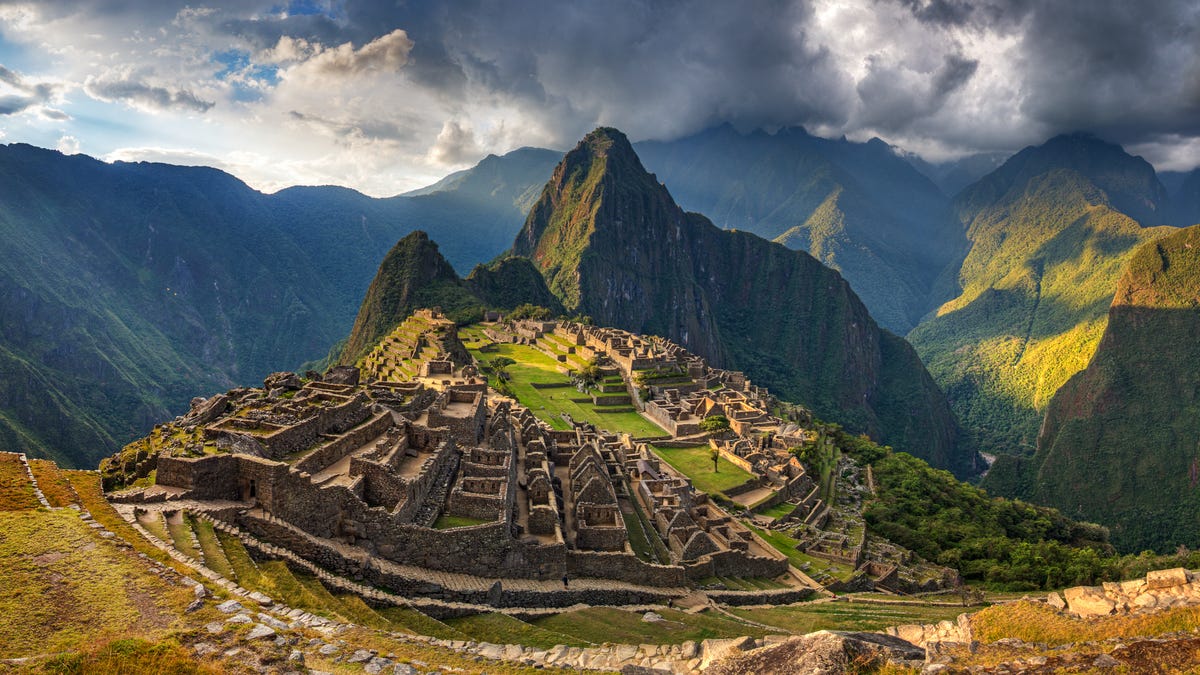Ancient Atlases Reveal Machu Picchu Once Had a Different Name
Old field notes, personal accounts and documents seem to point to a new title for the famous, once-forgotten city.

The spectacular region of Machu Picchu might've been known by a different name centuries ago.
In 1911, Hiram Bingham III, a historian at Yale University, set out on an expedition to Peru, searching for portals into the past.
"I have it on good authority from professor Farabee that there are lost cities above the Urubamba," he told a newspaper reporter about his conversation with fellow adventurer, Curtis Farabee. Soon after that interview, Bingham would find himself climbing to the top of a steep, Peruvian mountain ridge, looking down, admiring what would eventually sit on a list of the world's most famous ancient ruins: Machu Picchu.
One day, this very spot would be revealed as not "lost" at all, but rather a rich city that was only forgotten by the inhabitants around it.
And now, about a century after Bingham's remarkable rediscovery of the land, modern scientists have offered some striking news. All this time, we might've accidentally been calling Machu Picchu by the wrong name.
In a paper published Tuesday in the Journal of the Institute of Andean Studies, researchers used Bingham's original field notes, 20th century maps of the region and other archival documents to suggest that the Incas who used to live there didn't call the land Machu Picchu.
"We began with the uncertainty of the name of the ruins when Bingham first visited them and then reviewed several maps and atlases printed before Bingham's visit to the ruins," Brian S. Bauer, an anthropologist at the University of Illinois and an author of the study, said in a statement. "There is significant data which suggests that the Inca city actually was called Picchu or more likely, Huayna Picchu."
Unlike "Machu Picchu," the study team found that "Huayna Picchu" consistently appears in a 1904 atlas published seven years before Bingham stepped foot in Peru. Plus, Bingham had concrete documentation in 1912 that a landowner's son told him these ruins were associated with that name.
Along with fellow researcher Donato Amado Gonzales from the Ministry of Culture of Peru in Cusco -- the town where these ruins are located -- Bauer also read through personal accounts written by the Spaniards who took control of the Incan region in the 1500s.
"We end with a stunning, late 16th-century account when the indigenous people of the region were considering returning to reoccupy the site which they called Huayna Picchu," Bauer said. But not to worry, there's a bit of reasoning to the confusion. Machu Picchu's well-known title didn't just arise from thin air.
The name "Huayna Picchu," the researchers say, refers to a rocky summit near the ruins, and Machu Picchu, on the other hand, makes a call to the highest mountain near the ruins, so the name discrepancy is, in all probability, the product of miscommunication.

